Cloud Cost Optimization Automation: Maximizing Cloud Efficiency
Cloud computing has transformed the way businesses operate, offering scalability, flexibility, and global reach. However, as cloud usage grows, so do costs—often unpredictably. Managing these costs manually can be time-consuming, error-prone, and inefficient. This is where Cloud Cost Optimization Automation comes in, enabling businesses to intelligently manage, monitor, and reduce their cloud expenditure without compromising performance.
What is Cloud Cost Optimization Automation?
Cloud Cost Optimization Automation is the use of automated tools, AI, and scripts to monitor cloud resources, identify waste, and implement cost-saving measures in real-time. It helps organizations maintain efficient resource usage while ensuring that budgets are not exceeded.
Key Benefits:
-
Automated Resource Management: Automatically detects underutilized or idle resources and adjusts them.
-
Budget Control: Sets thresholds and alerts to prevent overspending.
-
Predictive Cost Insights: Uses AI/ML to forecast cloud expenses and suggest optimization strategies.
-
Enhanced Operational Efficiency: Reduces manual interventions, allowing teams to focus on strategic projects.
-
Scalability: Optimizes costs dynamically as workloads grow or shrink.
Popular Techniques in Automation:
-
Rightsizing Instances: Adjusting VM types and sizes based on actual usage.
-
Auto-scaling & Scheduling: Automatically scaling resources or shutting them down during off-hours.
-
Spot/Preemptible Instances: Leveraging discounted instances for non-critical workloads.
-
Policy Enforcement: Applying automated rules to manage resource allocation efficiently.
Why Businesses Need It:
-
Cloud spending is increasing every year, and manual monitoring is no longer viable.
-
Automation provides actionable insights faster than traditional reporting.
-
Ensures compliance with company budgets and operational policies.
Frequently Asked Questions (FAQs)
Q1: Can Cloud Cost Optimization Automation work across multiple cloud providers?
A: Yes. Modern tools support multi-cloud environments like AWS, Azure, and Google Cloud, providing unified cost insights.
Q2: How much can businesses save using automation?
A: Savings vary by organization, but companies often reduce cloud costs by 20–40% with automated optimization.
Q3: Does automation impact performance?
A: No. Automation optimizes resources without affecting performance, and in some cases, improves efficiency by eliminating idle usage.
Q4: Do I need technical expertise to implement these tools?
A: Many modern platforms are user-friendly and require minimal technical knowledge, though advanced customization may need cloud expertise.
Q5: How frequently should cost optimization be performed?
A: With automation, optimization can be continuous—real-time monitoring ensures costs are always managed effectively.
Q6: Are there risks associated with cloud cost automation?
A: Risks are minimal but include accidental shutdown of critical resources. Most platforms allow safeguards and alerting to prevent this.













 2025. All rights reserved
2025. All rights reserved